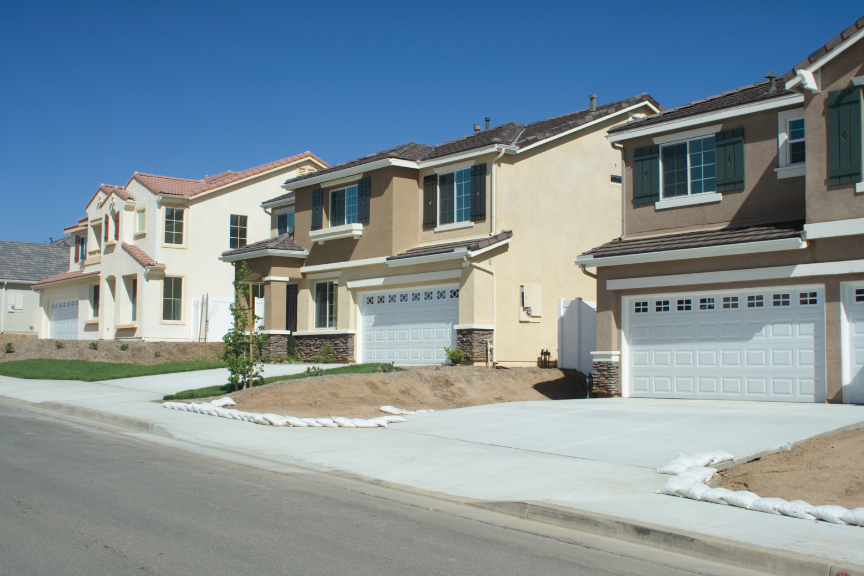Picture this: as you navigate the road, the black box quietly records every move your vehicle makes. From sudden stops to acceleration patterns, it meticulously stores a wealth of data that can unravel the mysteries of accidents and incidents on the road.
But how does this unassuming device accomplish this task? Let’s examine the intricate Process that allows the black box to be the silent witness to your every journey.
Importance of Truck Black Boxes
Understand why a truck’s black box is important for enhancing road Safety.
Truck black boxes, also known as event data recorders, provide valuable information during accidents or incidents. These devices record data such as speed, brake usage, engine RPM, and seatbelt usage, offering insights into the driver’s actions leading to a crash.
By analyzing this data, authorities can determine the cause of accidents and implement measures to prevent similar incidents. Additionally, truck black boxes can help settle disputes by providing an unbiased account of what occurred.
Components of a Truck Black Box
Truck black boxes, also known as event data recorders, consist of several key components that work together to capture and store crucial information during a vehicle’s operation. These components typically include sensors to detect changes in speed, direction, and braking; a microprocessor to analyze and record data; memory chips to store information like vehicle speed, engine RPM, seatbelt usage, and airbag deployment; and a power supply to ensure continuous operation.
Additionally, there are interfaces for extracting data, like USB ports or wireless connections, allowing for easy access to the recorded information. The integration of these components enables the black box to accurately record and preserve essential data that can be vital for accident reconstruction and analysis.
- Data Collection Process: During vehicle operation, the truck’s black box continuously collects and stores critical data through its integrated sensors and memory chips. These sensors monitor various parameters such as vehicle speed, braking patterns, engine performance, and seatbelt usage. The black box captures this information in real time, providing a comprehensive overview of the truck’s behavior on the road. By analyzing this data, investigators can reconstruct accidents, identify potential safety issues, and determine the cause of incidents.
- Storage and Retrieval of Information: The black box in a truck efficiently stores and retrieves crucial information through its advanced technology and memory system. This device uses solid-state memory to record data like speed, engine performance, braking, and other relevant details leading up to an event. The information is stored in a loop, continuously overwriting the oldest data to ensure the most recent data is always available. In the event of a collision or other incident, the black box can retain data from before, during, and after the event, providing investigators with a comprehensive timeline.
Retrieving this data involves specialized equipment that can download the information for analysis, helping to determine the incident’s cause accurately.
The Black Box’s Impact on Truck Accident Investigation
Utilizing data from the black box greatly enhances accident investigations by providing detailed insights into the Events leading up to a collision. The information recorded in the black box, such as vehicle speed, brake status, engine throttle, and even driver behavior, allows investigators to reconstruct the sequence of events with a high level of accuracy.
This data can reveal crucial details like whether the driver applied the brakes, the vehicle’s speed at the time of impact, and any sudden maneuvers that occurred. By analyzing this wealth of information, authorities can determine the root cause of the accident, identify contributing factors, and establish liability.
Ultimately, the black box plays a pivotal role in improving safety standards and preventing future incidents.
